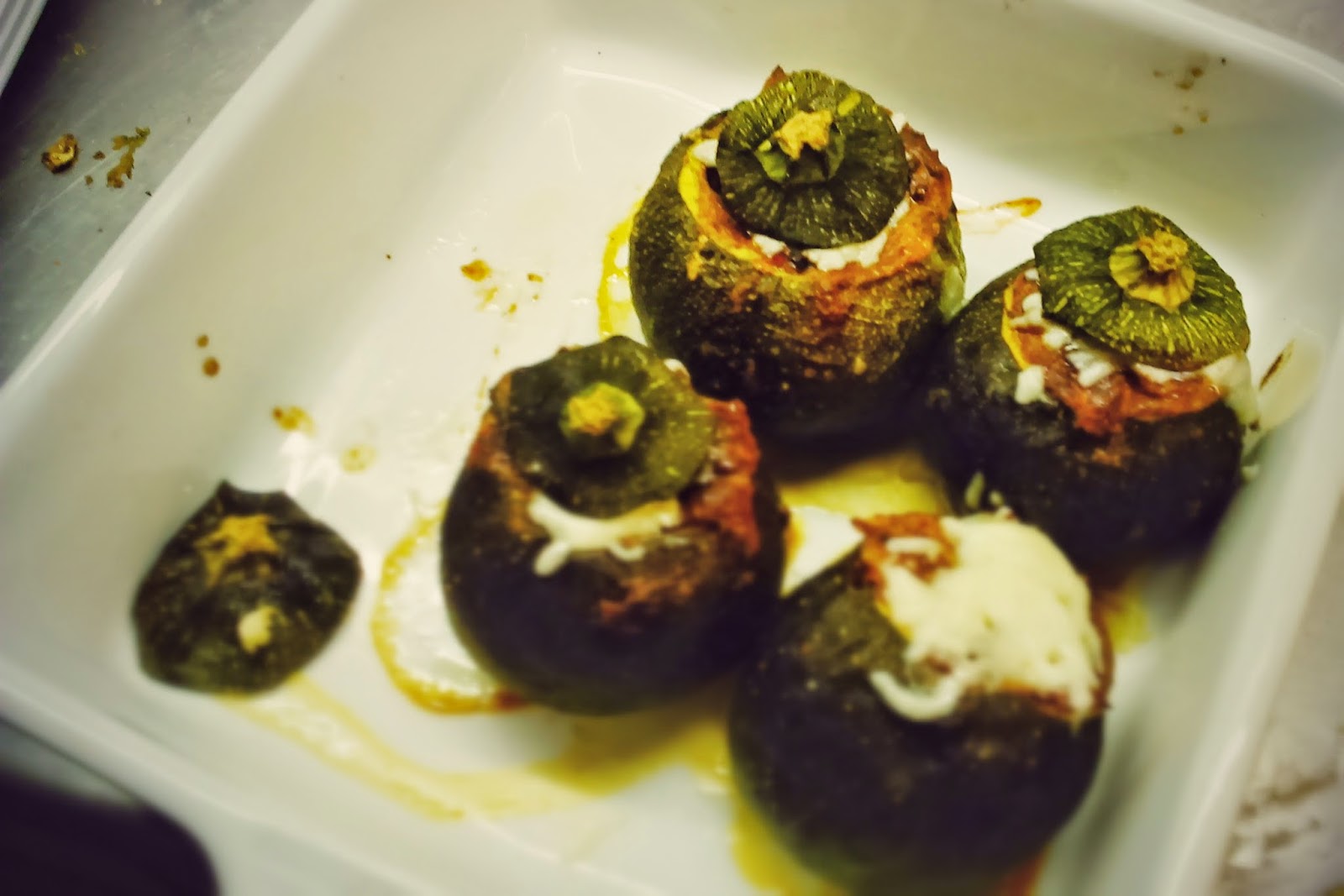Those who actively follow my daily adventures on Twitter, if that really matters, will know about the bad news of the last few weeks. They got the flavour of a slight pain in the knee that turned to something else usually referred as patellar tendonitis. That is the last injury I had to deal with after the not-so-successful 80 km trail in Paris, last March.
The problem started during some training after the 80 km. I was smoothly returning to the regular mileage, after a "break" of about three weeks. As a matter of fact I never stopped training. But I consistently dropped the mileage and added some slow pace running sessions to let my body recover from the big fatigue.
Some hills and apparently more km than I should have run (it's always easier to speak posterior to any injury) gave such bad time to my knees, in particular the left one, and to my soul too.
The first medical examination diagnosed exactly that, patellar tendonitis. Two words that are disgusting me so much, in the last few weeks.
Ok I got injured. Now what?
Every case, as every runner has his own story, of course. Here is mine about how I am dealing with it.
Let's start from the no-no list.
If you ever get what I got, forget about running for the next weeks. Get some rest and let the inflammation get better until it disappears completely. That might take ages of course. Time delation is a thing not only in relativity but also for those runners who are forced to stay at home (!!).
Ice, rest and anti inflammatory medications for the first week will do the trick.
I am used to learn from mistakes. One of them was to start with strengthening exercises since the very beginning, probably over stressing the tendon and definitely not solving the problem.
One first thing to do, after that awful pain that forced me to go back home by bus (such a shame), is of course Rest, Ice, Compression, Ice, Ice and Ice. I forged this RICIII thing for the occasion ;)
It was hard to rest after the natural feeling I got when I could cover 130 km per week. But it had to be done. The patellar tendon is such a bad ass that, if chronic, will make you say goodbye to your running shoes. And we do not want that! Do we?
My physical therapist got it correctly twice, once for the tibial tendon problem and for the stress fracture of the left foot too. Never change a winning team! I called Kathelijn and explained my problem so that we could start working on it.
Only after 2 weeks of rest we could actually start.
What came next was five weeks of strenghtening exercises specifically targeting patellar tendon, quads and glutes. This is apparently doing the job.
Here are the exercises that I am doing every single day, twice per day. It takes a while, of course, it might be boring (and it is). But, hey? do you want that knee fixed and go back to the road?
Yes we do, Sir!



















